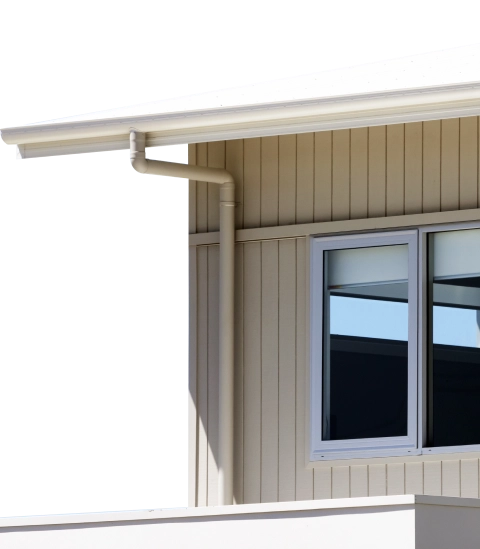0% Interest Payment Plan Get Your New Roof Financed
We aim to help you solve your home improvements & repair issues without disturbing your household cashflow


When a storm, heavy rain, or fallen tree damages your roof, acting quickly is essential to prevent water from entering your home and causing costly interior damage. A roof tarp offers a temporary waterproof barrier, protecting your property until proper repairs can be carried out.
This guide explains how to safely and effectively tarp a roof in Australian conditions, including what tools and materials you’ll need, how to secure the tarp correctly, and when it’s best to call in a professional roofer.
Roof tarping is often the first line of defence after unexpected roof damage, especially following Australia’s unpredictable weather — from intense summer storms and heavy rain to falling branches and strong winds. When a roof is compromised, even a small exposed section can allow water to infiltrate ceilings, walls, and insulation, leading to mould growth, structural decay, and expensive repairs.
Applying a tarp provides an immediate, temporary barrier that protects your home from further damage while you arrange for inspection, insurance assessment, or full repair. It’s a practical solution that can save homeowners thousands in restoration costs and give peace of mind during the stressful aftermath of a storm.
Common situations where roof tarping is essential include:
Whether you’re facing a small leak or extensive damage, a properly installed tarp helps protect your property, buy time, and prevent minor issues from turning into major repairs.
Before climbing onto your roof, it’s crucial to prioritise safety above all else. Roof tarping often takes place in the aftermath of storms, when surfaces are slippery, winds are unpredictable, and roof structures may already be weakened. Even a minor misstep can lead to serious injury or further property damage. Taking the right safety precautions not only protects you but also ensures the tarp is installed securely and effectively.
Before getting started, gather these essential tools and materials:
Choose a tarp size that extends 300–600 mm (1–2 feet) beyond the damaged section on all sides for complete coverage.
From the ground, identify the affected area and estimate the size of tarp required. Avoid climbing onto unstable or slippery sections.
Remove loose debris like branches, leaves, or broken tiles. Ensure the roof surface is clear so the tarp can lie flat.
Unfold the tarp and carefully place it over the damaged section, ensuring both sides overlap evenly across the ridge and eaves.
Wrap the top edge of the tarp around a timber plank or batten, then screw the plank into the roof structure. This helps seal the ridge and prevents water from running underneath.
Pull the tarp tight and repeat the same process along the sides and bottom edges. Secure with additional planks or sandbags for wind resistance.
After installation, check the tarp regularly, especially after rain or strong winds. Tighten any loose fasteners and ensure the tarp remains securely in place.
While DIY tarping can be effective for small or easily accessible areas, professional help is strongly recommended when:
Professionals have the proper tools, safety equipment, and experience to secure your roof quickly and safely — often in conditions that would be risky for homeowners.
Although tarping is a temporary measure, it can save thousands of dollars in interior water damage, making it a smart short-term investment.
If your roof has been damaged and you need fast, reliable protection, it’s best to get help from a qualified roofing professional.
SPS Roofing offers emergency roof repair and comprehensive roof restoration services nationwide in Australia. Our licensed roofers can safely secure your property, prevent further leaks, and guide you through the repair or insurance process.
Whether for a residential home or commercial building, SPS Roofing offers dependable, professional solutions to keep your property protected.
We aim to help you solve your home improvements & repair issues without disturbing your household cashflow

No catches or gimmicks. Have an option to spend now, pay later!

Apply & have an outcome in minutes!







